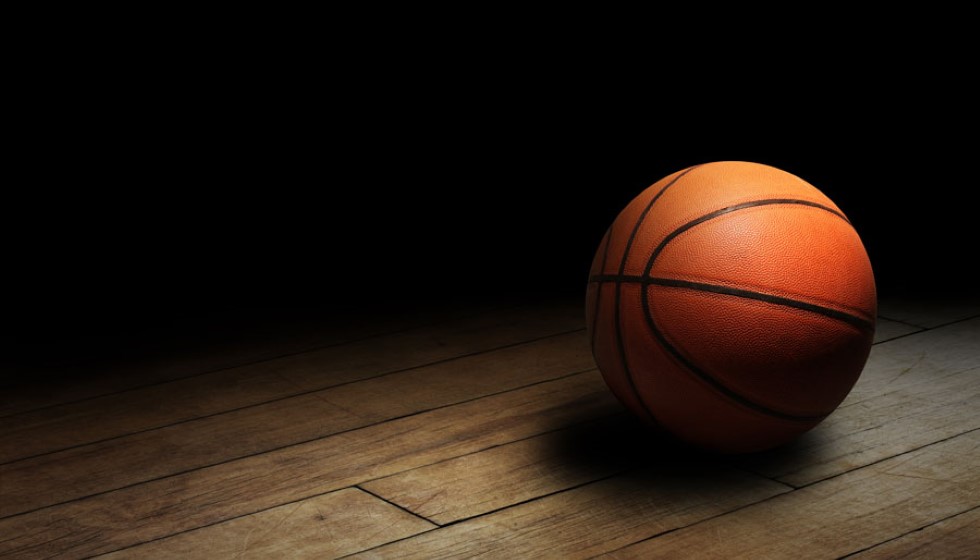
As the NBA continues to adapt to the rapidly evolving landscape of digital technology and the implications of legal sports gambling, it's stepping forward with a renewed policy on cell phone and social media usage by its players and coaches during games. This policy revision comes as the league reconsiders regulations that trace their origins back to 2009 with what was informally dubbed the "Villanueva rule." Over a decade later, this pivot reflects a nuanced understanding of modern challenges and realities in professional sports.
A Collaborative Overhaul
In crafting this updated policy, the NBA has engaged in a collaborative process with the National Basketball Players Association (NBPA). This partnership ensures that both league governance and player representation are aligned in supporting a framework that addresses contemporary issues while promoting fair play and professionalism. This realignment of policy is not just an internal matter; it acknowledges external pressures and the responsibilities that come with them, especially amid the growing threats related to sports gambling.
Defining "During Games"
A crucial aspect of the policy revision is the clear definition of "during games," a term with significant implications for enforcement. According to the new guidelines, this period extends from 45 minutes before tip-off to the conclusion of post-game media responsibilities. This window is crucial, as it restricts communications that could potentially disrupt game focus or, more critically, contribute to information leaks that betting interests could exploit.
The Gambling Angle
One of the driving forces for reevaluating these policies is the burgeoning issue of legal sports wagering. The NBA is acutely aware of the risks associated with insider information being leaked, potentially impacting the integrity of the games. The case of Jontay Porter, who faced a lifetime ban after reportedly sharing information with bettors, underscores the severity of this threat. The league's revision includes a measure designed to centralize communication to mitigate these risks. By implementing a single point of contact for players and coaches during restricted phone use periods, the NBA seeks to protect the sanctity of the game from external financial influences.
Team-Level Regulations
Beyond the league-wide restrictions, some NBA teams have opted to enact even stricter cell phone and social media usage rules within their organizations. These team-specific policies often exceed the league's requirements, emphasizing both a commitment to maintaining concentration and safeguarding athletes from unintentional compliance breaches. This proactive approach illustrates the seriousness with which teams view the intersection of technology and gameplay, further supporting the league's broader safeguarding efforts.
Embracing Modern Challenges
The revised policy is part of a broader initiative to keep the NBA's operations and its players' conduct in line with a tech-savvy and highly connected world. The endeavor highlights the NBA's commitment to ensuring that, amidst all the modern distractions, the game remains at the fore. In an era where instant communication is the norm, finding a balance between connectivity and detachment during critical game periods is essential for maintaining competitive integrity.
While the new policy sets the stage for significant changes in player and coach conduct regarding technology use, some aspects remain undefined. Notably, the NBA has yet to specify what punitive measures might follow any breaches of this policy. This lack of detail leaves room for speculation on how strictly the league will enforce its regulations and what consequences violators might face. As the policy rolls out, it will be crucial to observe how enforcement unfolds and whether further refinements will be necessary to address unforeseen challenges or enforcement inefficiencies.
In summary, the NBA's decision to introduce a revised cell phone and social media policy reflects its adaptive approach to modern sports management and its proactive stance against potential threats from the world of legal sports betting. As the league, its teams, and the players collectively navigate this updated regulatory environment, all eyes will be on how these measures impact both on-court performance and off-court conduct.